-

Policosanol / Octacosanol CAS:557-61-9 Manufacturer Supplier
Octacosanol is an alcohol. Flammable and/or toxic gases are generated by the combination of alcohols with alkali metals, nitrides, and strong reducing agents. They react with oxoacids and carboxylic acids to form esters plus water. Oxidizing agents convert them to aldehydes or ketones. Alcohols exhibit both weak acid and weak base behavior. They may initiate the polymerization of isocyanates and epoxides.
-

Soy Isoflavorone CAS:574-12-9 Manufacturer Supplier
Isoflavones are non-nutritive botanical compounds that are rich in soy products and a few other plant species; both genistein and glycetein are isoflavones. Their chemical structure looks similar to estrone (also known as estrogen), a steroid hormone.
-
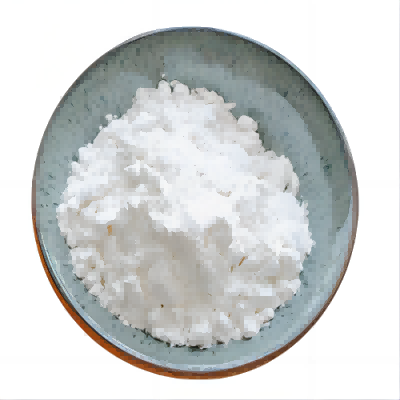
Glucomannan(Konjac) CAS:11078-31-2 Manufacturer Supplier
Glucomannan is a linear polysaccharide comprising 1,4-β-linked D-glucosyl and D-mannosyl residues, where the glucose:mannose (Glc:Man) ratio varies considerably. Konjac (Amorphophallus konjac) glucomannan has a Glc:Man ratio of approx. 2:3, Aloe vera glucomannan a ratio of 1:2, and salep (Orchis mureo) glucomannan has a ratio of approximately 1:4. All of the polysaccharides are acetylated, which imparts water solubility. Glucomannans are major cell-wall reserve carbohydrates in tubers of several plant genera.
-
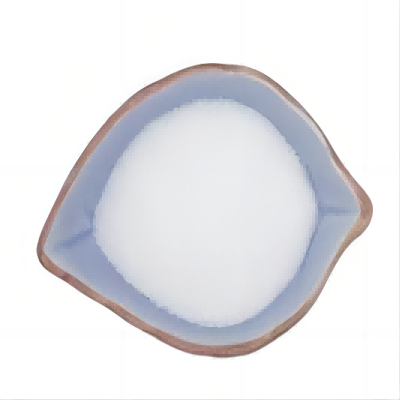
Melatonin CAS:73-31-4 Manufacturer Supplier
Melatonin is a hormone secreted by the pineal gland, and its chemical structure was 5-methoxy-N-acetyl tryptamine, the physiological function of inhibiting gonad, thyroid, adrenal gland, parathyroid gland and pituitary function, inhibit precocious puberty, reduce pituitary Melanotropin secretion; and has a central nervous system function, can improve the convulsion the threshold, cause drowsiness. When pinealectomy after the animal experiment showed hyperplasia of the glands, weight increase, especially sex and sexual organs of immature rats early, pituitary secretion of LH and FSH increased, increasing secretion of thyroid and adrenal cortex hormone melatonin.
-

Conjugated Linoleic acid (CLA) CAS:22880-03-1 Manufacturer Supplier
Conjugated linoleic acid is a collective term used for a mixture of geometric and positional isomers of Octadecadienoic Acid in which the double bonds are conjugated instead of being methylene separted as they are in Linoleic Acid. Conjugated linoleic acid has reported to exhibit anticarcinogentic activity.
-
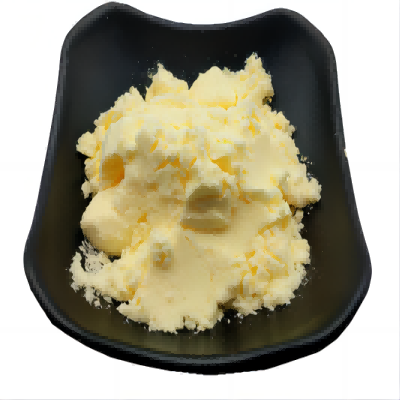
Apha Lipoic Acid CAS:1077-28-7 Manufacturer Supplier
Apha Lipoic Acid is a cyclic disulfide antioxidant that interconverts with its reduced dithiol form. It is an essential cofactor for decarboxylation reactions of the citric acid cycle, and acts as a general antioxidant. DL-α-lipoic acid can act as a direct radical scavenger, as a cofactor to regenerate reduced glutathione, and as a metal chelator.
-

Bilberry Extract CAS:84082-34-8 Manufacturer Supplier
Blueberry extract can effectively inhibit the growth of harmful bacteria and promote the growth of beneficial bacteria. Study has showed that blueberry extract has a inhibitory effect on the growth of Escherichia coli, Staphylococcus aureus, Vibrio parahaemolyticus. Supplement of proper concentration of blueberry extract to the fermented milk can effectively promote the in vitro growth of beneficial bacteria Lactobacillus acidophilus. The study of Wang Jing et al has confirmed that blueberry anthocyanins can increase the pain threshold of mice, inhibit the ear edema as well as have a significant analgesic and anti-inflammatory effects.
-
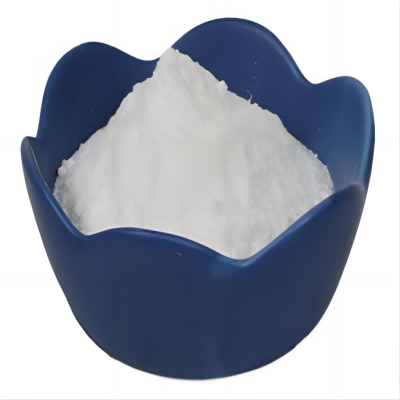
Cordycepin CAS:73-03-0 Manufacturer Supplier
Cordycepin is known to have various kinds of effects of improving immune skill, anti-aging, anti-fatigue, anti-cancer, anti-bacterial, anti-virus, lowering blood glucose and lipid and male hormone.
-
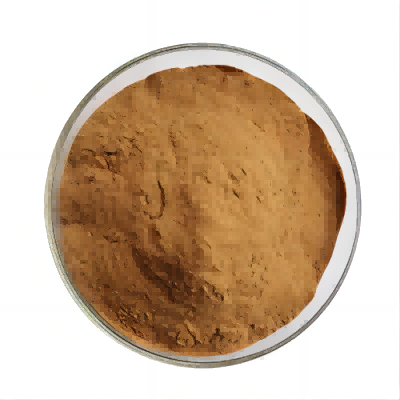
Gingko biloba CAS:90045-36-6 Manufacturer Supplier
Ginkgo biloba extract is used for hair care, skin moisturizer, and help skin wound healing, fight inflammation, conducive to post-sun repair,also widely used in medicine, food, cosmetics and liquid preparations.
-
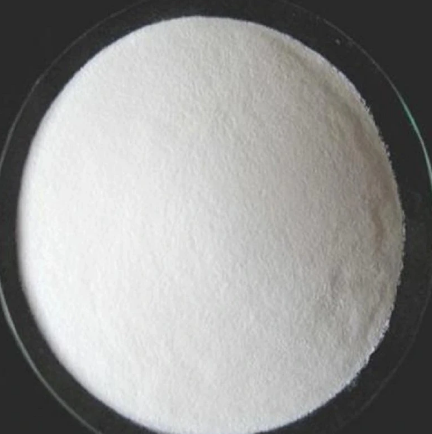
3,3′,5,5′-Tetramethylbenzidine sulfate CAS:54827-18-8
3,3′,5,5′-Tetramethylbenzidine sulfate is a chemical compound commonly used as a substrate in enzyme-linked immunosorbent assays (ELISA) and other biomedical assays. It exhibits a blue color reaction when oxidized by certain enzymes, making it useful for detecting the presence of target molecules such as antigens and antibodies. The compound is known for its high sensitivity and stability, allowing for reliable and accurate quantitative analyses.
-
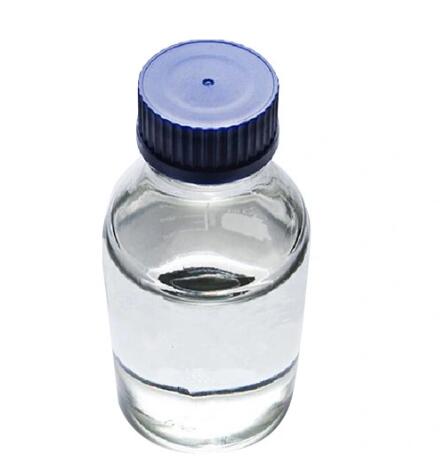
SYBR GREEN I Nucleic Acid Gel Stain CAS:163795-75-3
SYBR Green I is a nucleic acid gel stain commonly used in molecular biology experiments. It is a fluorescent dye that selectively binds to double-stranded DNA and RNA molecules, making them visible under ultraviolet light. SYBR Green I is highly sensitive and can be used to detect and quantify DNA or RNA in agarose or polyacrylamide gels. It is commonly used for DNA gel electrophoresis, PCR analysis, and other molecular biology applications.
-

3,4,5,6-Tetrabromophenolsulfonephthalein CAS:77172-72-6
3,4,5,6-Tetrabromophenolsulfonephthalein is a synthetic chemical compound that is commonly used as a pH indicator in laboratory experiments. It appears as a yellowish-brown solid and changes color from yellow to violet depending on the pH of the solution. This compound is particularly useful in determining the acidity or alkalinity of substances in a wide range of scientific applications.

